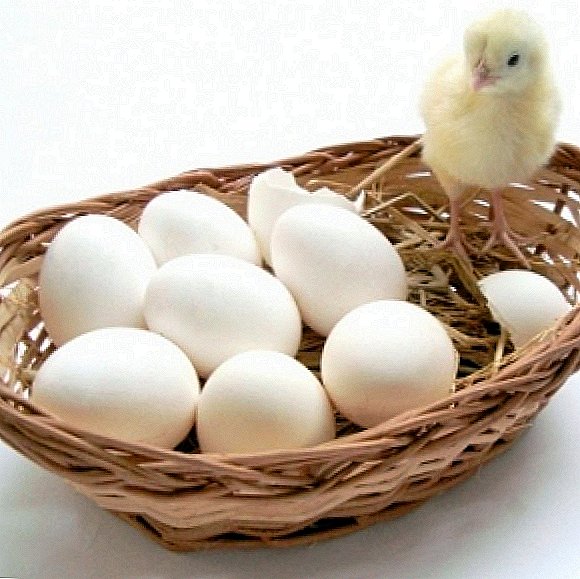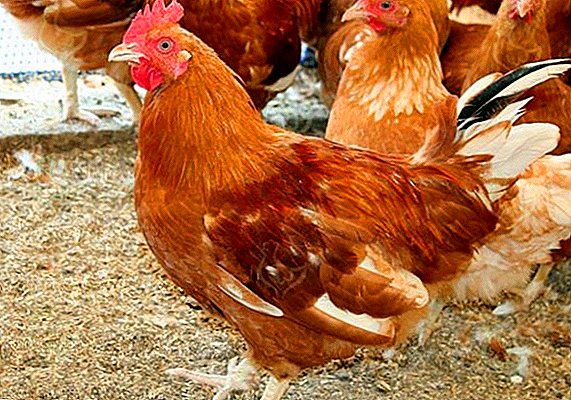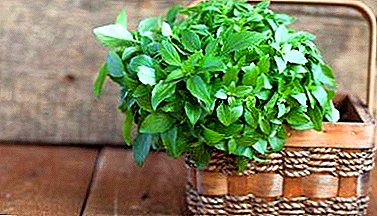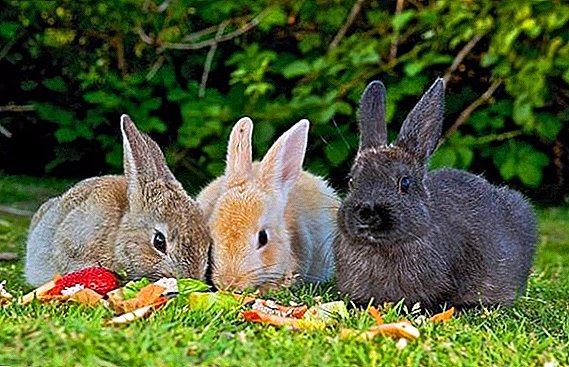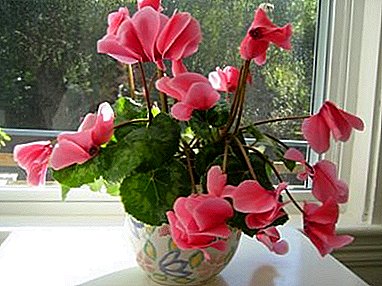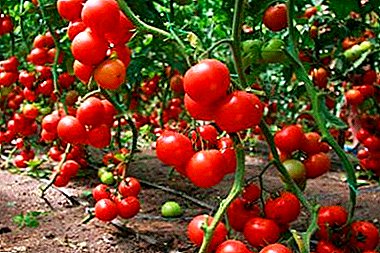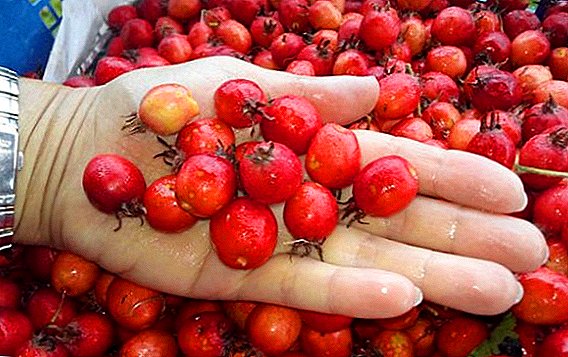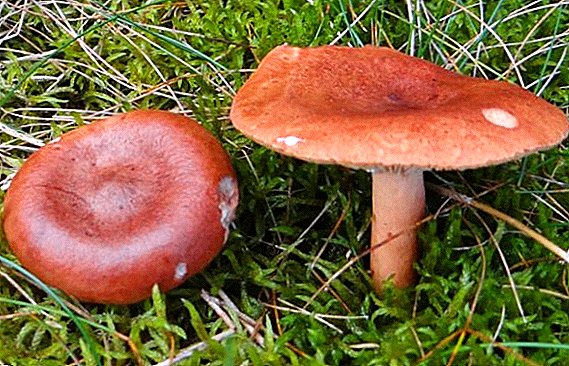 Bitter bitch is far from a rare mushroom, but due to its burning-tart taste it causes a double perception in mushroom pickers. Western gourmets consider it inedible and, according to some reference books, even poisonous. And in Russia and Belarus, such a forest trophy is collected for pickles. What is this fungus, where it grows and what volatile signs characterize, whether it can be used for food purposes - we will tell about it later.
Bitter bitch is far from a rare mushroom, but due to its burning-tart taste it causes a double perception in mushroom pickers. Western gourmets consider it inedible and, according to some reference books, even poisonous. And in Russia and Belarus, such a forest trophy is collected for pickles. What is this fungus, where it grows and what volatile signs characterize, whether it can be used for food purposes - we will tell about it later.
Edibility
The name of bitters does absolutely match their taste. Botanists consider them the most bitter representatives of the genus of the lard. Nevertheless, this does not prevent lovers of quiet hunting to collect this species for winter blanks.
Did you know? Linguists believe that the word "mushroom" is derived from the Old Slavic word "gyryb", which means "hump", and initially only those species were called mushrooms, the cap of which is of a similar shape.
Experts attribute such attachment to this representative of the mushroom kingdom to its widespread and high yield. Every year, in all weather conditions, bitters are richly fruiting, which gives the mushroom pickers confidence in a good collection of forest trophies. Of course, in comparison with saffron milk mushrooms, milk mushrooms and other more valuable mushrooms, they remain the loser.  Experts attribute bitter to conditionally edible mushrooms of the IV category. This means that the mushroom is not used in its raw and dried form. Most often, salting or marinade is made from raw materials after pretreatment.
Experts attribute bitter to conditionally edible mushrooms of the IV category. This means that the mushroom is not used in its raw and dried form. Most often, salting or marinade is made from raw materials after pretreatment.
Read also about mushrooms mushrooms: useful and harmful properties, harvesting for the winter; species of aspen and black milk mushrooms.
Synonyms
In scientific sources, these fruit bodies are called bitters, and people know them as:
- bitter red;
- bitter grudge;
- Goryanka;
- gorchak;
- gruzd-gorchak;
- Putuk, traveler.
Important! Bitterness is strictly contraindicated in people who diagnose a digestive ulcer, gastritis, pancreatitis, liver cirrhosis, hepatitis, cardiovascular and renal diseases. Also, the product is not recommended for children, pregnant and lactating.
How does it look
Bitter varieties in appearance are unusual. But there are many similar poisonous fungi from the milky kind, with which they are easily confused, so let's take a closer look at the outward signs of bitters. 
Hat
The diameter of this part of the fungus can vary from 4 to 11 centimeters. Initially, it develops in the form of a bell, and over time it becomes flat and funnel-shaped. At the same time, a large pointed tubercle is clearly visible in the center, which is an important sign of bitters. The edges of the cap are distinguished by their fine structure and turning inward. The peel on the surface is smooth, uniform red-brown in color, with slight pubescence. In the rain season, the mushroom becomes sticky and shiny.
Going on a quiet hunt, be careful: check out edible (growing in May and autumn) and poisonous species of mushrooms.
Pulp
It is characterized by a good density, but fragile. In young mushrooms, the color of the flesh is off-white, and in the old ones - with a slight chestnut-brown tinge. Under the skin almost always keeps the pigment of the cap.  In the places of slices, a colorless milky juice is liberally secreted, which burns the lips and never changes color when exposed to oxygen. The flesh is rarely damaged by a wormhole, it has a low specific odor, which many consider unpleasant.
In the places of slices, a colorless milky juice is liberally secreted, which burns the lips and never changes color when exposed to oxygen. The flesh is rarely damaged by a wormhole, it has a low specific odor, which many consider unpleasant.
Did you know? In the discovered manuscripts of ancient Novgorod tells about the treatment of frostbite dried porcini mushrooms.
Leg
It features a regular cylindrical shape, a length of up to 7 centimeters and a light tone of colors corresponding to the cap. At the base always has a felt wrapper of mycelium. In young fungi, the inner part of the leg is solid, while in the old it is hollow. Sometimes it can be with a spongy filler grayish or reddish color.
Records
In young bitters, the plates are always light, while in overripe ones they become to match the hat. Are located often, rather narrow, ascending on a cylindrical leg. 
Where is growing, when to collect
To gather up bitter cups, special places do not need to know. They grow everywhere, in any forests, especially under pines and birches. Love very much wet glades with sour soilwhere moss and lichen grow.
Such a trophy can be found in solitary form or in groups. The season of abundant fruiting in bitters begins in June and lasts until mid-autumn. Sometimes lovers of quiet hunting can harvest even after the first frost.
Important! Experienced mushroom pickers categorically do not advise collecting fruit bodies near the road and in production areas, especially in places of Chernobyl fallout. The fact is that the bitters with particular intensity absorb radioactive substances from the environment.
Twin Mushrooms
Bitters have many similarities to their other llechnikami, so they are easy to confuse. For confidence, many mushroom pickers advise when collecting to focus on the bump on the center of the cap and the colorless juice released from the fractured pulp. However, these are important signs, but in order to have no doubt that you are putting the desired mushroom in the basket, it will not hurt to recognize others. similar fellows:
- Hepatic ulcer (Lactarius hepaticus) - is considered inedible. Its lacteal juice is distinguished by a yellow shade that appears when it interacts with oxygen. And the flesh is creamy or yellow-brown.
- Marsh milch (Lactarius sphagnei) - prefers swampy areas in coniferous forests.
- Campanic milch (Lactarius camphoratus) is a small edible mushroom that is not popular due to its specific taste. It differs from bitter with a pleasant floral aroma, a smaller tubercle on a cap and a more watery, non-caustic milky discharge with a sweetish taste.
- Mlechnik stunted (Lactarius theiogalus) - differs yellowing milky juice in the air and light coloring of the cap.
- Gladysh (Lactarius badiosanguineus) is an edible mlechnik characterized by a glossy cap without a tubercle with a more pronounced chestnut-red color, a shortened stem and a slightly bitter taste.





Did you know? 300 years ago, our ancestors collected only three types of mushrooms: mushrooms, milk mushrooms and white.
Eating
According to experts, bitter milk mushrooms, although they have a specific flavor, but in moderate amounts benefit the body. It has been experimentally proven that the pulp contains a natural antibiotic that blocks pathogens of Staphylococcus aureus, as well as intestinal and hay sticks. But for food consumption, the mushroom is suitable only in pickled or pickled form. And to eliminate the unpleasant burning bitterness, the product should be soaked. 
How much to soak
Experienced housewives, who have been preparing winter pickles from bitter cups for years, advise to cut off the foliage and moss immediately in the forest, then carefully put them in the basket with the cap down. At home, the entire crop should be thoroughly washed and inspected for damage. Selected quality specimens pour for three days with cold water (provided that the further preparation will be carried out in the hot way).
It is important to periodically drain the liquid, as it is stretched by the burning milky juice. It is advisable to do this at least 2-3 times. The more often you change the water, the better. After the procedure, the raw materials will cease to be bitter. If you plan to salt mushrooms in a cold way, soaking should last up to 6 days.
Read also about the harvesting of mushrooms: pickling (mushrooms, mushrooms), pickling (boletus, ryadovki, milk mushrooms, mushrooms, chanterelles), caviar from honey agaric.
How to pickle
After soaking the mushrooms, rinse again, shorten the legs to 2 centimeters and sort them according to the size of the caps. In this form, the bitter for about 30 minutes boil over low heat in salted water. Do not forget to periodically stir and remove boiling foam. Then the broth should cool, then the mushrooms can be discarded in a colander to drain excess water. In the meantime, you can do the sterilization of cans. It is better to do this in the oven, making sure that you put the dry container inside. Enameled buckets, cans and pans are also suitable for pickles.  After completing all the manipulations, bay leaves, as well as the leaves of black currant, horseradish, black and sweet pepper, cloves, and finely chopped dill are placed on the bottom of the prepared container. Mushrooms sprinkle with chopped garlic and salt. The containers are filled with bitterbuds and sunflower oil is poured from above or mustard powder is poured.
After completing all the manipulations, bay leaves, as well as the leaves of black currant, horseradish, black and sweet pepper, cloves, and finely chopped dill are placed on the bottom of the prepared container. Mushrooms sprinkle with chopped garlic and salt. The containers are filled with bitterbuds and sunflower oil is poured from above or mustard powder is poured.
Per kilogram of boiled mushrooms consumption of products is calculated based on the classical proportions:
- 5 tablespoons of salt;
- 50 ml of vegetable oil;
- other ingredients - to taste.
The prepared containers are closed with caps and sent to a cool place for 50 days for soldering. When using enamelware, be sure to use the load so that the mushrooms are always in brine. It is placed on top of the faience plate.
Important! Salt should not be left at a temperature above +7 ° C. Otherwise the product will soured over a short period.
Video: marinating bitters
Regardless of the method of preparation, well soaked bitter will be an interesting addition to any table. The main thing - to properly navigate in the forest, correctly recognizing the mushroom, and thoroughly soak it in the cooking process. We hope this article will help you.


